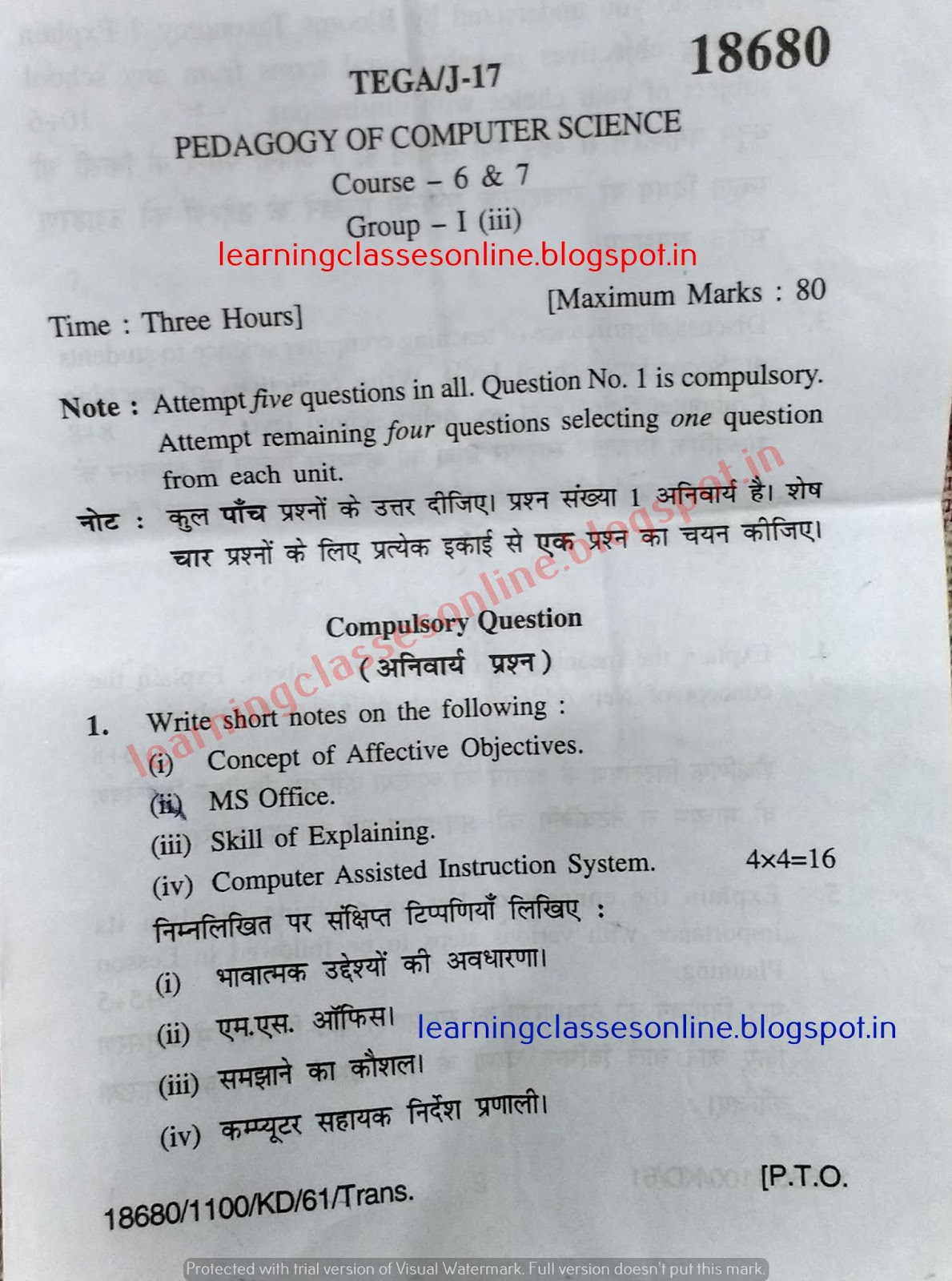
With a slight resemblance to a bivariate however it has more dependent variables than a bivariate.ħ. This type of variable entails the presence of three or more variables.

This data analysis type studies linkages and causes, and it tries to understand the causal link between the two variables. Two distinct variables are present in bivariate data. Explaining the data and identifying any patterns in the variable is the goal of a univariate variable. Explain the differences between each variable: Univariate, Bivariate, and Multivariate Univariateĭata that is univariate has just one variable.
#Data science basic questions trial#
Attrition: Loss of participants, discounting trial subjects, or tests that weren’t completed are all examples of attrition.ĥ.Data: Outcomes when certain data subsets are arbitrarily chosen to support a conclusion or reject false data.Time Interval: Although all variables have a similar mean, the variable with the highest variance will most likely approach the extreme value, which is usually the result of ethical considerations.Sampling bias: It is a systematic inaccuracy that occurs when a non-random sample of a population makes some members of that population less likely to be included than others.The numerous forms of selection bias include the following:

Enumerate and describe the various forms of Selection Bias. Some research study conclusions could not be true if selection bias is not taken into account.Ĥ. In other words, selection bias is a statistical analysis distortion brought on by the sample collection technique. Selection effect is also used in place of Selection Bias. This particular blunder happens when a researcher chooses the subjects for their investigation. Selection bias is frequently connected to studies where the participants were not chosen at random.

This is done by approximating the probability by applying its underlying logistic function also called Sigmoid. Logistic regression works by measuring the relationship between the dependent variables with one or more independent variables. Explain the procedure of performing Logistic Regression. There is no feedback system in unsupervised learning and the most common techniques in Unsupervised learning include- the apriori algorithm, hierarchical clustering, and K-means clustering.Ģ. On the other hand, unsupervised learning refers to the process of making conclusions from datasets that contain input data but no labeled results. The most used algorithms in Supervised learning are – support vector machines, logistic regression, and decision trees. Supervised learning also has a feedback mechanism. In supervised learning, the inputs are labeled and known data. What distinguishes supervised from unsupervised learning? The questions are basic and technically critical concepts that aspirants of the data science profession must possess. The following data science interview questions for freshers will help beginners who are going to face interviews for the first initial time. Data Science Interview Questions for Freshers


 0 kommentar(er)
0 kommentar(er)
